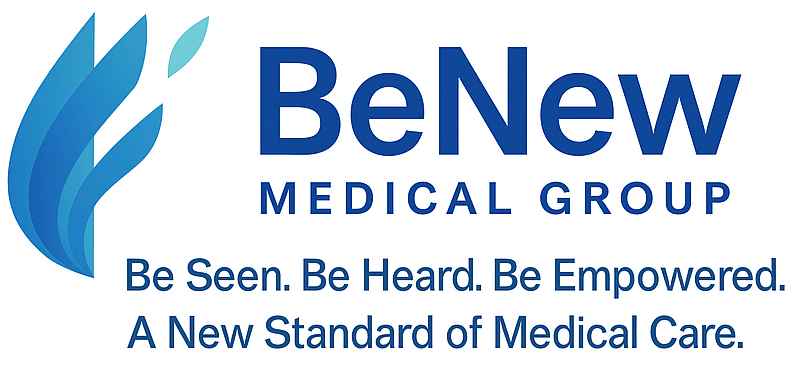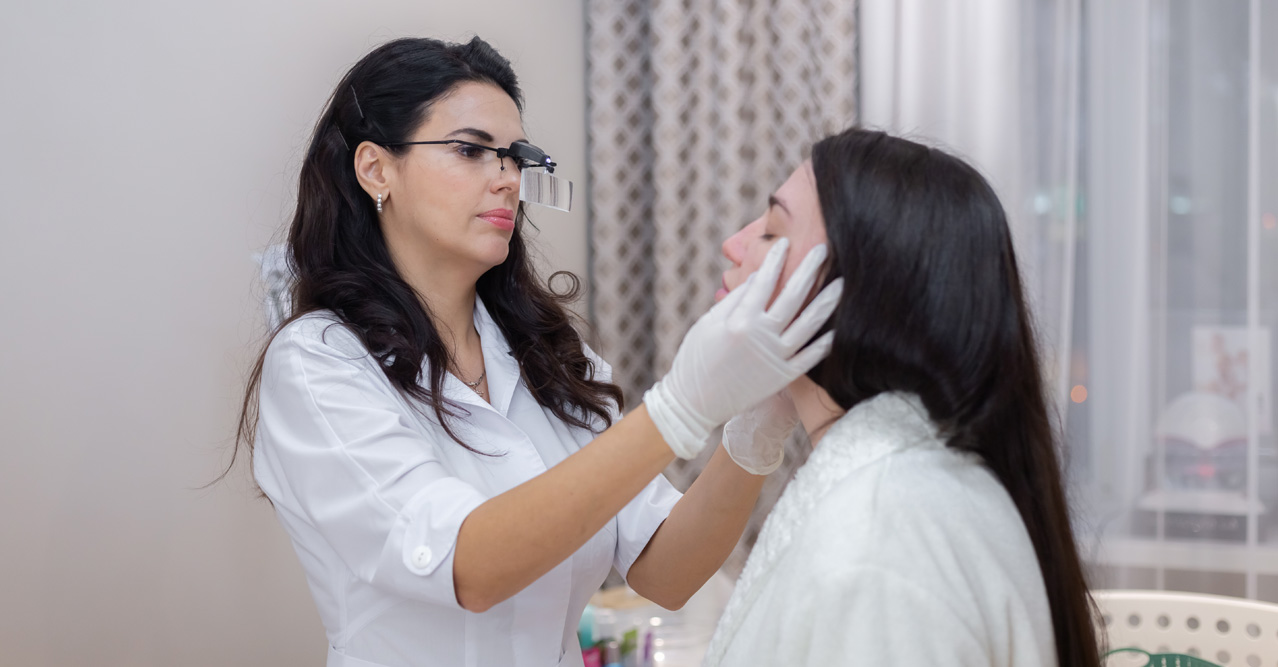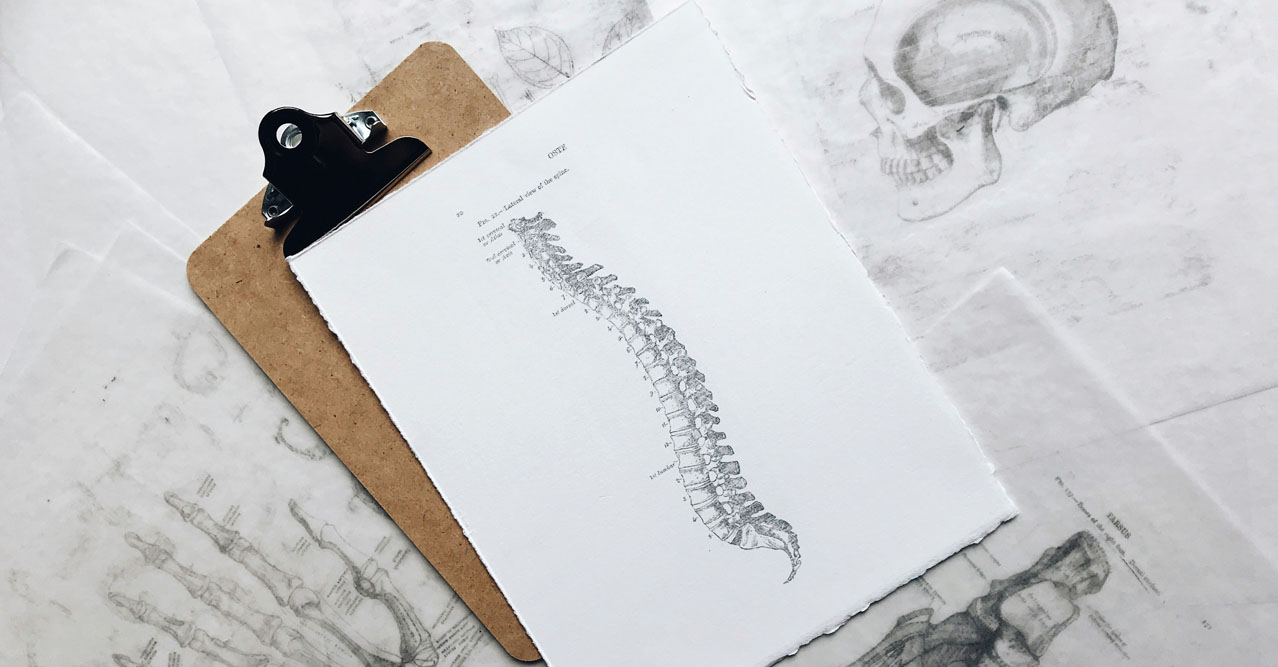Acne
Acne is the most common skin condition in the U.S. It affects up to 50 million Americans each year. It has a variety of causes and, fortunately, a wide variety of effective treatments.
For mild to moderate cases of acne, our U.S. licensed medical providers can help devise a personalized treatment plan that includes FDA approved prescription treatments: Adapalene gel, Benzoyl peroxide, Clindamycin topical solution, Tazarotene 0.1% cream, Tretinoin cream / gel, Retin-A cream, Metronidazole cream / gel, Spironolactone.
What Causes Acne?
Acne is a skin condition that occurs when hair follicles become clogged. The clogged follicles then produce whiteheads, blackheads or pimples.
There are four main causes of acne:
- Excess oil (sebum) production.
- Hair follicles clogged by oil and dead skin cells.
- Bacteria.
- Inflammation.
There are certain triggers that can spark acne in individuals, including:
- Hormonal changes.
- Medication.
- Diet.
- Stress.
Acne in women
Women over the age of 20 experience acne more often than men in the same age group. Adult female acne can be caused by hormonal changes (pregnancy, menstrual cycle, menopause), stress and certain foods like dairy or ones high in sugar. All of these factors can cause the body to produce more oil and create acne.
Women are also more likely than men to suffer depression and anxiety because of their acne
Ance in men
Acne in men is caused by many of the same triggers as women, with slight differences. Hormonal changes can trigger acne in men. Men are more likely to utilize anabolic steroids, which increase testosterone and cause acne breakouts. Men often get acne on the face and back that is worsened by sweating
Hormonal Acne
Hormonal acne occurs because of changes in body hormones that spark an increase in oil production. It is more common in women but also occurs in men.
The most common places to see hormonal acne are:
- Chin.
- Jawline.
- Neck.
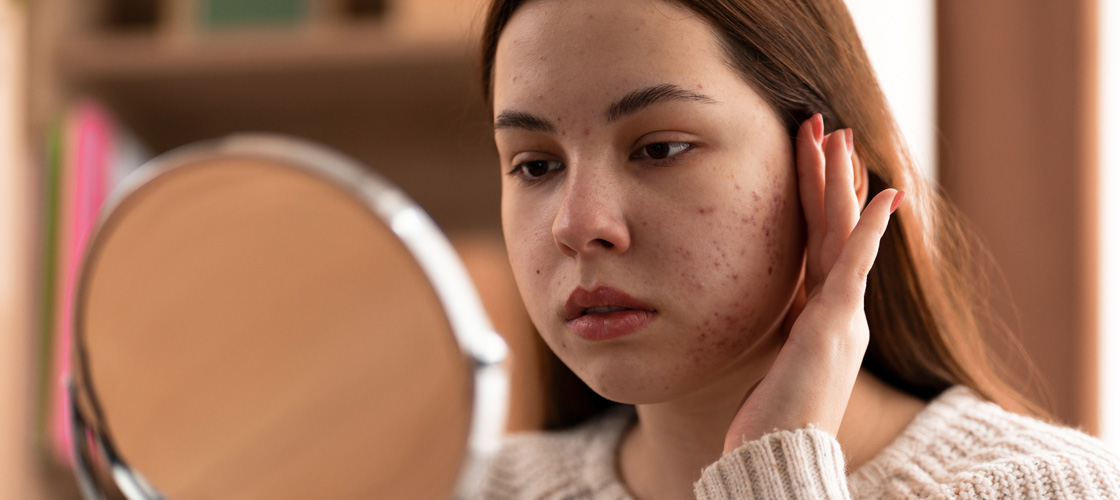
Cystic Acne
Cystic acne is defined by large, red, painful breakouts that are deep in the skin. It occurs when hair follicles become clogged and trap bacteria under the skin. Inflammation is what causes pus, redness and tenderness to occur.
Cystic acne can occur on the:
- Face.
- Chest.
- Upper arms.
- Shoulders.
- Back.
Nodular Acne
A severe form of acne, nodular acne forms firm, painful lumps under the skin. The cause of this inflammation is a combination of blocked pores and the bacterium Cutibacterium acnes. Acne nodules are more solid, while cystic acne contain pus.
Nodular acne can develop anywhere on the body, but most commonly on the:
- Face.
- Chin.
- Jawline.
- Chest.
- Back.
Fungal Acne
Fungal acne is a type of infection caused by the fungus Malassezia yeast, rather than the skin cells, oil and bacteria that cause other kinds of acne.
It tends to appear with lots of bumps closely together and most often in the following spots on the body:
- Forehead.
- Cheeks.
- Chin.
- Chest.
- Upper back.
- Shoulders.
Food and Acne
There has been some research to support that eating certain foods can increase your risk of developing acne, including:
Milk
It is not completely understood, but some researchers hypothesize it could be related to hormones given to dairy cows.
Chocolate
Cocoa isn’t linked to acne but chocolate is. Likely from the high sugar or milk content in many chocolate foods.
Sugar
Sugary foods and drinks (soda, candy, white bread, etc.) spike blood sugar. When the body produces more insulin to process the sugar, it affects hormones that can increase oil production in the skin.
Eggs and chicken
Food allergies can contribute to acne, and in some studies, eggs and chicken were the food allergens most likely to cause acne.
Alcohol
Alcohol causes inflammation in the body and has been shown to increase risk of adult acne
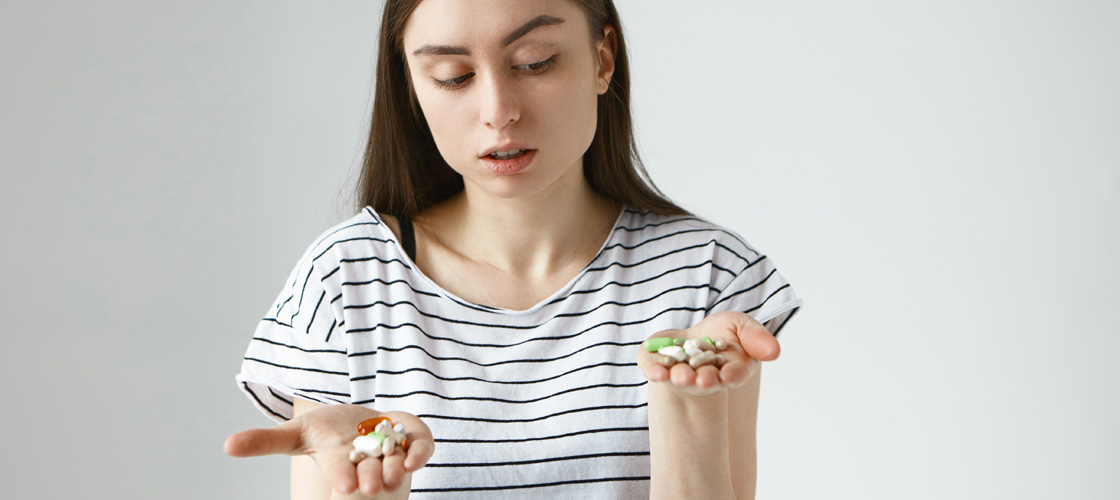
Supplements and Acne
Certain supplements have been linked to an increase in acne among users.
There is evidence to support that the following supplements may cause or aggravate acne:
- Vitamin B6.
- Vitamin B12.
- Iodine.
- Whey protein.
Medications and Acne
There is some evidence to support that certain medications can induce acne, including:
- Corticosteroids.
- Lithium.
- Thyroid hormones.
- Antibiotics.
- Antituberculosis drugs.
- Antiepileptic drugs.
- Testosterone replacement therapy
Medical Conditions and Acne
Acne can be triggered by a wide variety of medical conditions, including:
- Polycystic ovary syndrome (PCOS).
- Congenital adrenal hyperplasia (CAH).
- Cushing syndrome.
- Stress.
- Dry skin.
Certain activities have been linked to acne, including:
- Smoking or vaping nicotine.
- Sweating from exercise or warm weather.
Skin Treatments and Acne
The products that you put on your skin can cause acne. Avoid anything that could clog pores, dry out your skin, or cause irritation and inflammation. The following skin treatments have been linked to acne:
Makeup
Certain ingredients, like alcohol or fragrance, can irritate acne-prone skin. 20
Moisturizer
Avoid heavy oils, waxes and petroleum, which can clog pores. Also avoid irritating fragrances and parabens.21
Sunscreen
Avoid brands that include isopropyl palmitate, lanolin or certain types of silicone.22
Acne treatments
Many effective topical acne treatments can cause acne to get worse before it gets better like salicylic acid,23 retinol24 and benzoyl peroxide.
